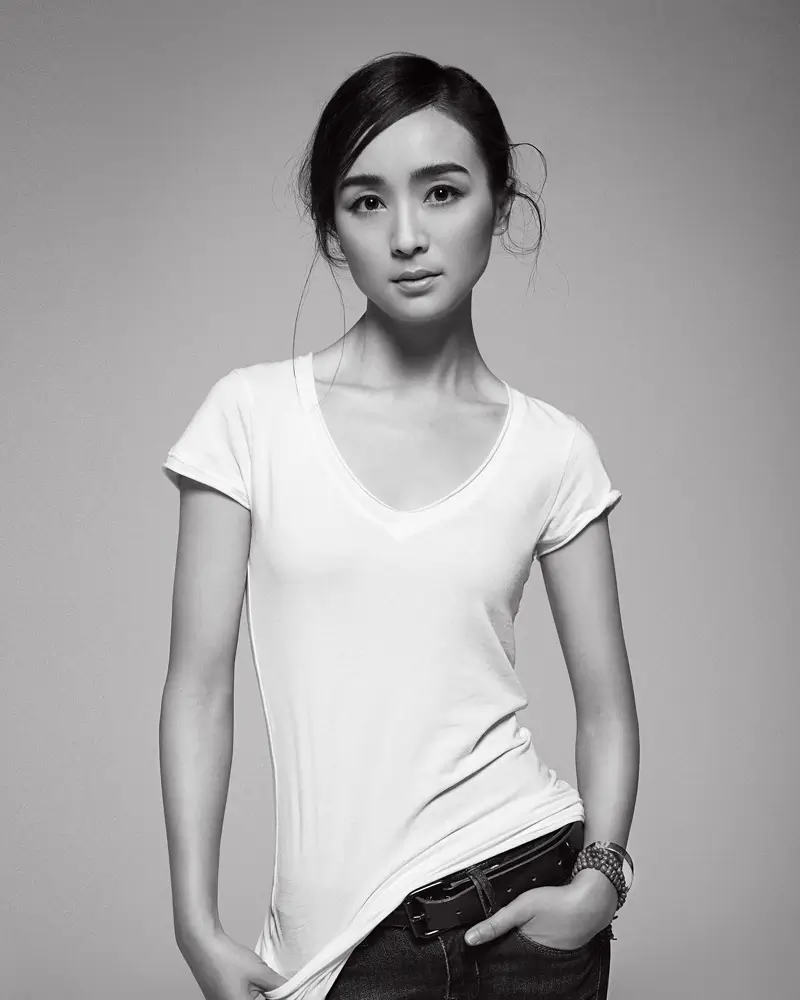Han Yang is a London-based visual artist, photographer, and creative director whose work explores identity, femininity, and the intersections of gender, creativity, and technology. Drawing from her Chinese heritage, Han weaves together abstract compositions, surreal elements, and philosophical symbolism to craft emotionally charged images that challenge conventional narratives. She graduated with distinction from the MA Fashion Photography program at the University of the Arts London and was a PhD researcher in Digital Humanities at King’s College London. Her work has been featured in Vogue Italia, Harper’s Bazaar, Vanity Fair UK, and exhibited internationally, including at Christie’s London and Zebra One Gallery. Han is a recipient of multiple awards, including the Eve Arnold Photography First Prize and the Nikon Cup.
Artist Statement:
My work is a visual inquiry into identity in flux—queer, digital, and evolving. I seek to document and reimagine the boundaries of the human form, merging fashion, portraiture, and poetic symbolism. Drawing from posthuman theory, I use both analogue and digital techniques to explore the liminal spaces between body and technology, visibility and erasure, vulnerability and transformation. Through stylised yet intimate visuals, I aim to amplify narratives from marginalised communities and offer new imaginaries for gender, beauty, and self-expression.
